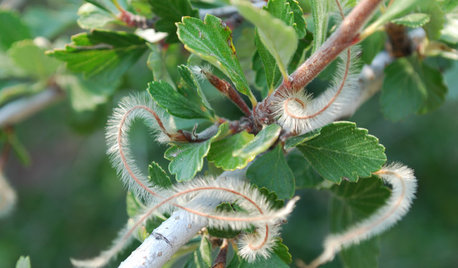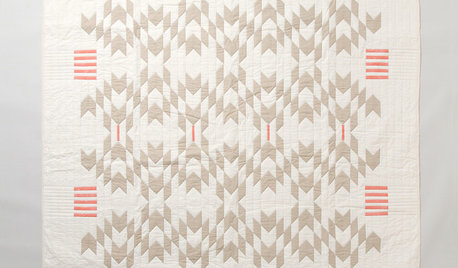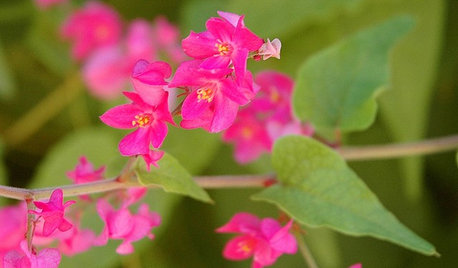Curled leaves on azalea
garden_grammie
17 years ago
Related Stories

GARDENING GUIDESGreat Design Plant: Curl-Leaf Mountain Mahogany, an Easy Evergreen
Use it as an accent plant or mass it as a screen; this pine and spruce alternative is a hard worker in dry, cold climates
Full Story
FEEL-GOOD HOMECurl Up With Some Dreamworthy Nap Spots
Blissful and serene, these envy-inducing settings will put you to sleep, but for all the right reasons
Full Story
GARDENING GUIDESWhat's Wrong With My Plant? Leaves Often Hold the Clues
Learn how to identify common plant ailments by reading their leaves
Full Story
PRODUCT PICKSGuest Picks: Get Summer Camp Style Without Leaving Home
Create a relaxed, outdoorsy feel with a touch of nostalgia, by bunking with these games, artworks and accessories
Full Story
GARDENING GUIDESGreat Design Plant: Antigonon Leptopus in California and Desert Gardens
Dry climates can enjoy sprays of delicate pink flowers and heart-shaped leaves on this drought-tolerant, summer-flowering vine
Full Story
SHOP HOUZZShop Houzz: Texture Makes It Cozy
Use texture in your bedroom to make it feel so cozy, you’ll never want to leave
Full Story
DECORATING GUIDES10 Perfect Pairings of Reading Chair and Lamp
Up your reading style and comfort with these chair and lamp combos too cozy to leave
Full Story
TREESGreat Design Plant: Southern Magnolia, Iconic U.S. Native
Massive, fragrant blooms and deep green leaves set Magnolia grandiflora apart from other large shade trees
Full Story
FALL GARDENING11 Trees for Brilliant Fall Color
Give your landscape the quintessential look of autumn with the red, orange and yellow leaves of these standouts
Full Story
DENS AND LIBRARIESPut Your Feet Up: A Dozen Overstuffed and Comfy Rooms
Take a seat in one of these cozy dens and family rooms and you'll never want to leave
Full StorySponsored






rhodyman
Related Professionals
Glendora Landscape Architects & Landscape Designers · Havre de Grace Landscape Architects & Landscape Designers · Marco Island Landscape Architects & Landscape Designers · Saint Louis Park Landscape Architects & Landscape Designers · Pelham Landscape Contractors · Andover Landscape Contractors · Burlington Landscape Contractors · El Sobrante Landscape Contractors · Hawaii Landscape Contractors · South Farmingdale Landscape Contractors · Tuscaloosa Landscape Contractors · Wayland Landscape Contractors · Wethersfield Landscape Contractors · Eastlake Landscape Contractors · Castaic Gardeners & Lawn Care